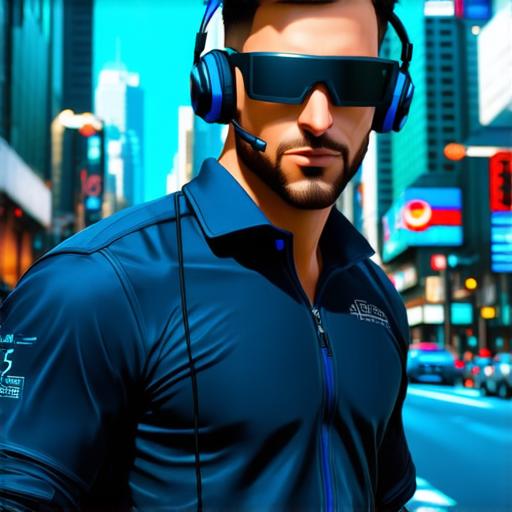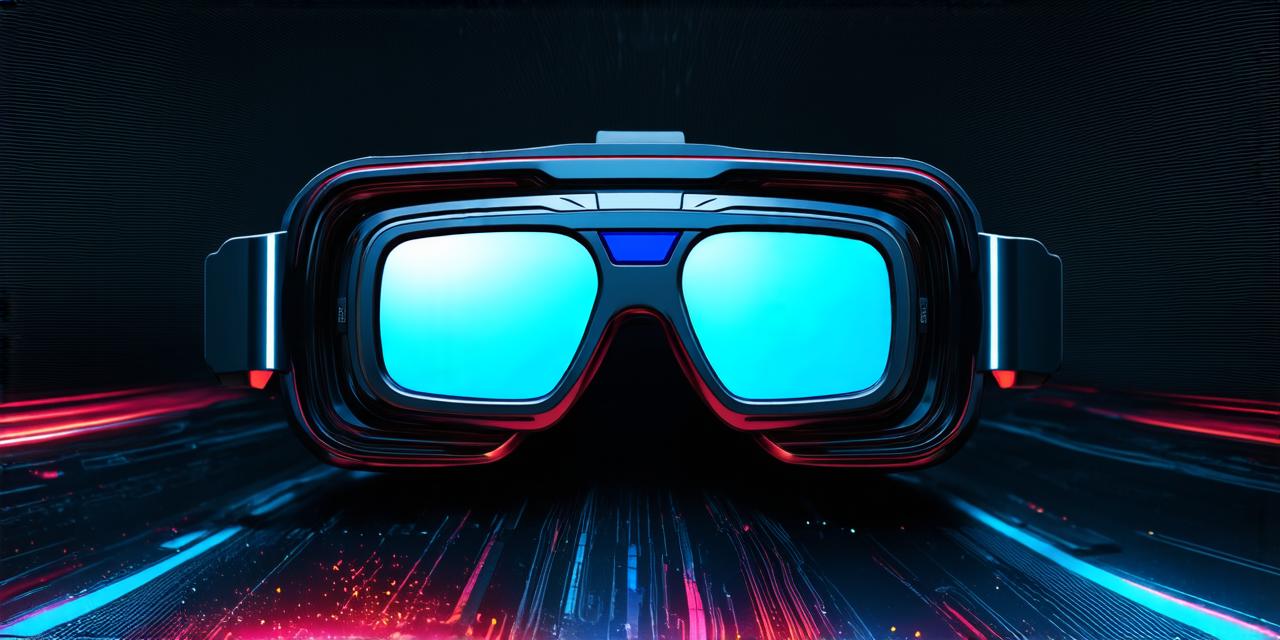Virtual reality (VR) and augmented reality (AR) are two rapidly growing technologies that have captured the imagination of people all around the world. Both VR and AR offer immersive experiences that allow users to interact with virtual environments in unique and exciting ways.

1. Fixed VR and AR
Fixed VR and AR are two types of technology that use physical devices such as headsets or smart glasses to deliver an immersive experience. Fixed VR uses a dedicated VR headset that tracks the user’s movements and provides a completely virtual environment. This type of VR is typically used for gaming, training simulations, and other applications where users need to interact with a virtual world in real-time.
Fixed AR, on the other hand, uses smart glasses or a tablet to overlay digital information onto the real world. This technology allows users to see virtual objects and data superimposed on their physical surroundings. Fixed AR is often used for educational purposes, such as teaching anatomy by allowing students to see virtual organs overlaid on a real-world model.
1. Mobile VR and AR
Mobile VR and AR are two types of technology that allow users to experience immersive environments using their smartphones or tablets. Mobile VR uses a dedicated VR headset that connects to the user’s device via Bluetooth or USB. This type of VR is often used for gaming, social experiences, and other applications where users need to interact with a virtual world on-the-go.
Mobile AR, on the other hand, uses the camera on the user’s device to capture the real world and then overlays digital information onto that environment. This technology allows users to see virtual objects and data superimposed on their physical surroundings in real-time. Mobile AR is often used for marketing and advertising purposes, such as allowing users to try on clothes virtually or view furniture in their home before making a purchase.
1. Wireless VR and AR
Wireless VR and AR are two types of technology that allow users to experience immersive environments without the need for wires or cables. Wireless VR uses a dedicated headset that connects to the user’s device wirelessly via Wi-Fi or Bluetooth. This type of VR is often used for gaming, social experiences, and other applications where users need to interact with a virtual world on-the-go without being tethered to their device.
Wireless AR, on the other hand, uses the camera on the user’s device to capture the real world and then overlays digital information onto that environment wirelessly. This technology allows users to see virtual objects and data superimposed on their physical surroundings in real-time without the need for a physical connection. Wireless AR is often used for educational purposes, such as allowing students to see virtual objects overlaid on a real-world model while they are exploring a museum or historical site.
Case Studies and Personal Experiences
One great example of fixed VR is the Oculus Quest 2 headset, which offers a completely wireless experience that allows users to move freely within a virtual environment. The Quest 2 is often used for gaming, as well as training simulations for industries such as aviation and healthcare.
Fixed AR is often used in education, such as allowing students to see virtual organs overlaid on a real-world model while they are learning anatomy. One example of this technology is the Anatomist app, which allows users to explore the human body in 3D using their smartphone or tablet.
Mobile VR is often used for gaming and social experiences, such as allowing users to interact with virtual environments while on-the-go.
